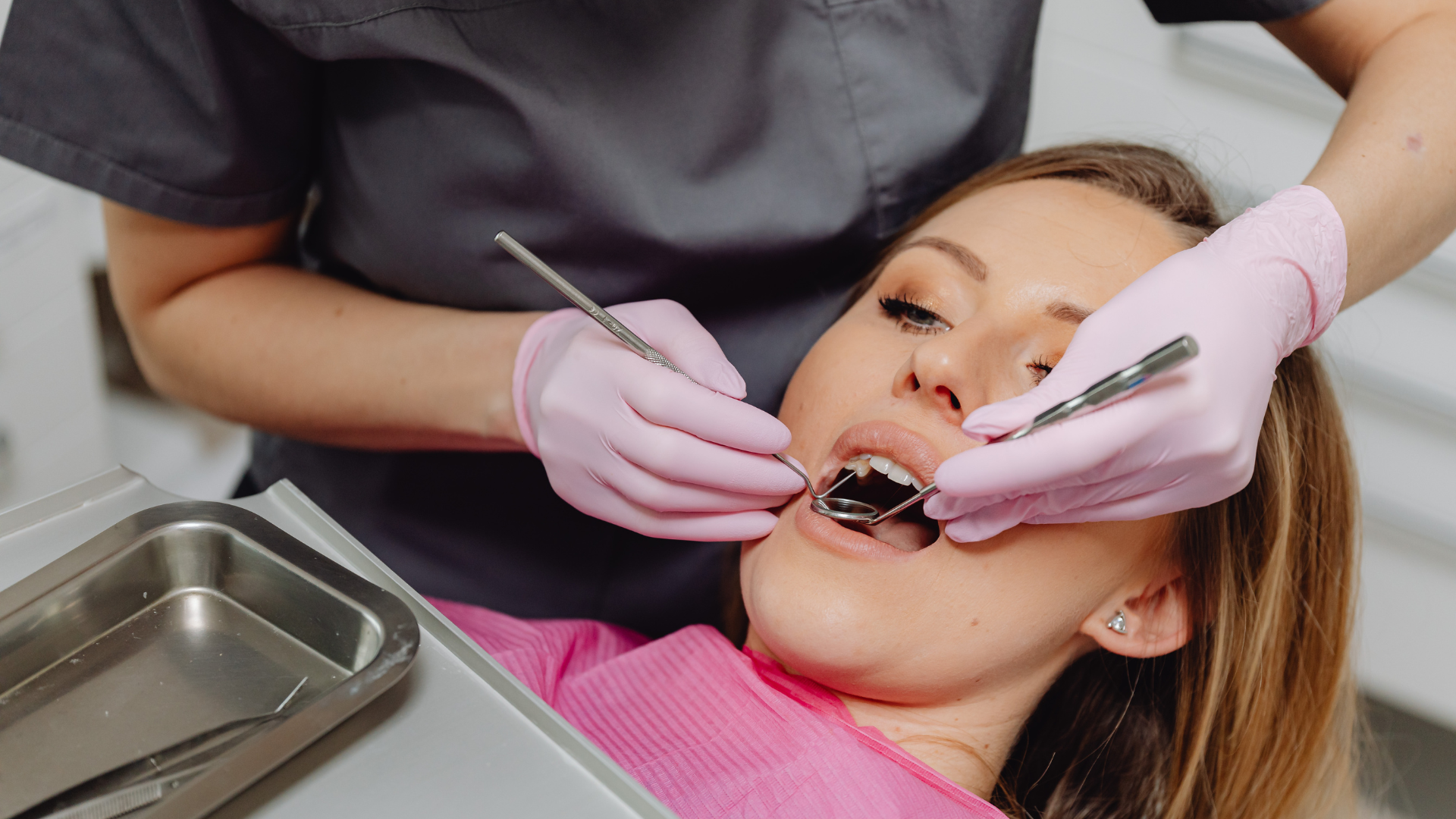Why Choose A Full Mouth Restoration?
Why Choose A Full Mouth Restoration?
Dental health is intrinsically connected to overall well-being, influencing not just the functionality of the mouth but also one's confidence, appearance, and quality of life. For individuals grappling with multiple dental issues, a full mouth restoration offers a comprehensive solution, addressing a wide range of concerns in a holistic manner. But what makes this approach a worthy consideration? Let's delve deeper.
Understanding Full Mouth Restoration
Full mouth restoration, sometimes referred to as full mouth rehabilitation or reconstruction, is a combination of dental procedures tailored to address and correct multiple dental issues concurrently. From decayed or missing teeth to misaligned jaws and bite problems, this approach ensures that the entire oral cavity is tended to, delivering a complete rejuvenation of one’s smile.
The Compelling Reasons to Consider a Full Mouth Restoration
Comprehensive Approach: Instead of tackling one dental issue at a time, which can be time-consuming and at times more costly in the long run, full mouth restoration offers a holistic strategy. By assessing all the problems in tandem, a dentist can create a coordinated plan that is efficient and effective.
Restored Functionality: A compromised dental structure can hinder essential functions like chewing, speaking, and even breathing. A full mouth restoration not only reinstates these functions but can also ensure they are better than before.
Enhanced Aesthetics:
This restoration isn’t just about health; it’s also about restoring beauty. With procedures that can whiten, straighten, and replace teeth, patients will see a significant enhancement in their smiles, boosting their self-esteem.
Long-Term Health Benefits: Addressing dental problems early on can prevent more severe health issues down the line. For instance, untreated gum disease can lead to heart conditions, and missing teeth can cause jawbone deterioration.
Pain Relief: Conditions like TMJ disorders or misaligned bites can cause chronic pain. By addressing the root of these issues, patients often experience relief from discomfort and recurring headaches.
Personalized Treatment:
Every individual’s oral health needs are unique. Full mouth restoration is not a one-size-fits-all approach. It is customized to fit the patient's specific needs, ensuring optimal results.
Cost-Effective in the Long Run:
While the initial investment might seem significant, addressing all concerns in one coordinated effort can be more cost-effective than multiple independent treatments spread out over time.
In Conclusion
Choosing a full mouth restoration is a decision that can profoundly impact one’s life. Beyond the apparent benefits of a beautiful smile and restored dental function, the holistic improvement in quality of life, from renewed confidence to the prevention of future health issues, makes this approach a valuable consideration. If you find yourself battling multiple dental concerns, it might be time to contemplate the comprehensive benefits of a full mouth restoration. In the hands of a skilled dental professional, it could be the transformative journey your smile has been waiting for.




